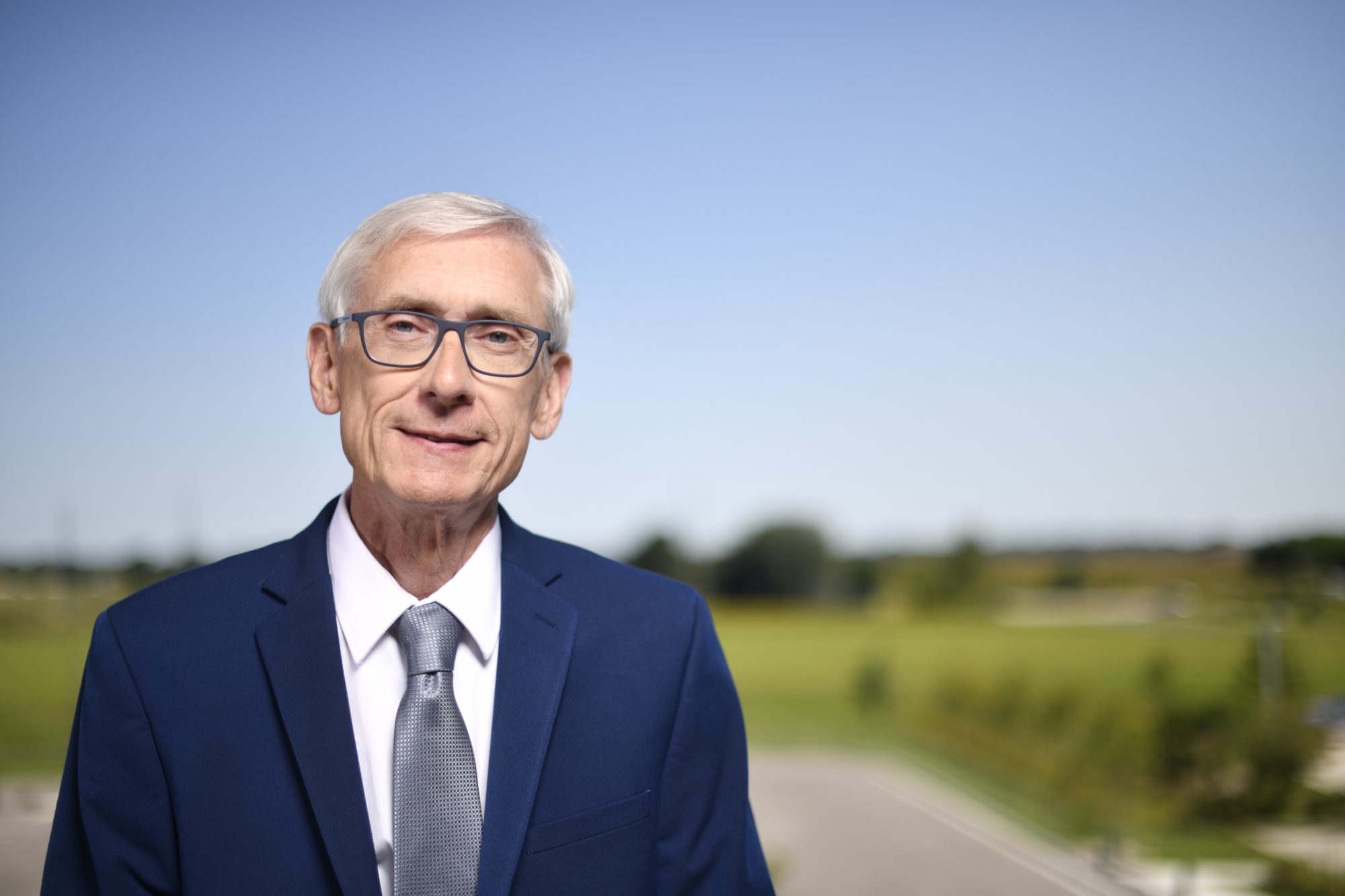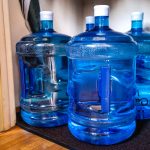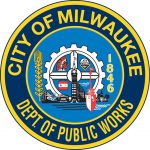Gov. Evers, DOA Announce Over $750,000 to Promote Resilience in Wisconsin Coastal Communities
Investments will support critical habitat protection and restoration projects along Wisconsin’s Great Lakes shorelines
MADISON — Gov. Tony Evers, together with the Wisconsin Department of Administration (DOA), today announced that the Wisconsin Coastal Management Program (WCMP) has received over $750,000 from the National Oceanic and Atmospheric Administration (NOAA). The investments awarded will support the WCMP’s ability to plan for and implement habitat restoration and conservation projects in Wisconsin’s coastal communities, including supporting ongoing flood management, assessing shoreline erosion, restoring wetlands, and building more resilient coastal communities.
An annual survey of Great Lakes local governments by the Great Lakes and St. Lawrence Cities Initiative in 2023 found that Great Lakes municipalities anticipate spending millions toward coastal resilience-related projects and hazard preparation in the next decade. The more than $750,000 awarded to DOA is being administered by the WCMP through six local and regional grants to help build local and regional capacity to protect and restore Great Lakes coastal habitat and develop future projects, helping to offset future costs associated with preserving and protecting these vital natural areas. A complete list of projects receiving funding is available below.
Northwest Regional Planning Commission (NWRPC) | $60,000:
- Investments will go toward the Lake Superior Tributary Hydrologically Conditioned Digital Elevation Model project. These investments will allow the NWRPC to develop a hydro-conditioned digital elevation model for the Fish Creek and White River Watersheds in Bayfield and Ashland Counties. The data will be critical in assessing sediment transport and monitoring the impacts of climate change on landscapes, water resources, and habitats to support ongoing and planned natural flood management and climate adaptation work in these critical coastal watersheds.
The Southeastern Wisconsin Regional Planning Commission (SEWRPC) | $282,423:
- $100,000 will go toward the Southeastern Wisconsin Regional High Density LiDAR Capture project. These investments will allow the SEWRPC to collect high-resolution elevation data for Ozaukee, Milwaukee, Racine, and Kenosha Counties that can be used to assess erosion rates, coastal structures, and bluff vegetation for approximately 82 miles of Lake Michigan shoreline. This project will support hazard mitigation and comprehensive planning efforts in Southeastern Wisconsin; and
- An additional $182,423 will go toward the Southeastern Wisconsin Regional Habitat Restoration Planning project. These investments will allow the SEWRPC to conduct biological inventories within Ozaukee, Milwaukee, Racine, and Kenosha Counties to inform regional ecological restoration and management planning in terrestrial, wetland, and aquatic natural communities. Plans developed through this effort will provide the framework to restore ecologically significant natural communities, improve landscape-scale connectivity, enhance biodiversity, and increase resiliency to natural hazards.
The Milwaukee Metropolitan Sewerage District (MMSD) | $192,829
- Investments will go toward the Greenseams® Restoration and Stewardship Planning project. The investments will allow the MMSD Greenseams® program to develop land conservation and restoration plans for 25 sites in Milwaukee and Ozaukee Counties. Completed restoration and management plans will guide regional restoration and management planning and will inform adaptive management and response to future climate changes.
The Burke Center for Ecosystem Research in Ashland | $184,199
- Investments will go toward restoration success monitoring in the North Fish Creek project. The investments will allow the Mary Griggs Burke Center to evaluate the performance of bluff stabilization and sediment reduction projects in North Fish Creek. The monitoring techniques utilized in this project and corresponding results will help inform cost-effective restoration techniques that can be utilized to reduce erosion impacts in other coastally important sites across the state.
The Lake Superior Headwaters Sustainability Partnership | $40,000
- Investments will go to the Headwaters Partnership to help with pre-design, planning, or design work to further implement at least one prioritized community-supported restoration project in the Allouez Bay and/or Spirit Lake watersheds. These investments will leverage previous NOAA investments and partnerships as well as priorities established by the bi-state and Tribal Nations planning framework of the Headwaters Partnership.
The funding being awarded today, which supports the above projects and related program administration costs, was provided under former President Joe Biden’s Bipartisan Infrastructure Law, which invested nearly $3 billion in efforts to improve climate resilience, support coastal management, and build out weather forecasting infrastructure to keep communities safe. Unfortunately, President Trump and his administration are threatening to gut funding for NOAA and programs related to climate research and grant programs by cutting funding by about 24 percent, potentially jeopardizing investments to support coastal communities in Wisconsin and across the country.
Gov. Evers and the Evers Administration have made preserving Wisconsin’s Great Lakes coasts a top priority and, for the past six years, have worked to protect and improve the Great Lakes resources and support resiliency in Wisconsin’s coastal communities. Gov. Evers’ 2025-27 Executive Budget continues to prioritize preservation and conservation of Wisconsin’s freshwater resources and coastal communities with investments that aim to help ensure future generations of Wisconsinites will continue to be able to enjoy the state’s vast and vibrant resources. The governor’s budget proposal included:
- Investments to remove contaminated sediments in Lake Michigan, Lake Superior, and their tributaries;
- Creating a loan program to help local communities and homeowners affected by shoreline erosion; and
- Supporting efforts to restore Wisconsin’s wetlands through a tax incentive, among other provisions.
Unfortunately, while the investment to remove contaminated sediments in the Great Lakes and their tributaries remains, Republicans on the state’s budget committee voted to gut the remaining provisions from the budget. More on Republican lawmakers’ efforts to gut more than 600 provisions from Gov. Evers’ 2025-27 Executive Budget is available here.
NOTE: This press release was submitted to Urban Milwaukee and was not written by an Urban Milwaukee writer. While it is believed to be reliable, Urban Milwaukee does not guarantee its accuracy or completeness.
Mentioned in This Press Release
Recent Press Releases by Gov. Tony Evers
Gov. Evers, Wisconsin Office of Violence Prevention Launch New $10 Million Grant Program to Reduce Crime and Violence and Keep Kids, Families, and Communities Safe
Dec 5th, 2025 by Gov. Tony EversNew grant application open to support initiatives and programs at school districts, law enforcement agencies, domestic violence organizations, firearm retailers, and local governments, among others, to help prevent violence across Wisconsin




















